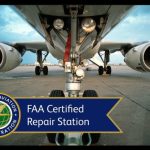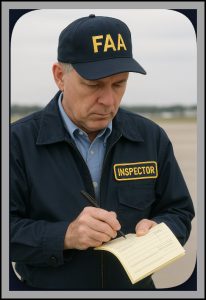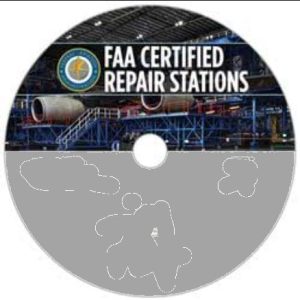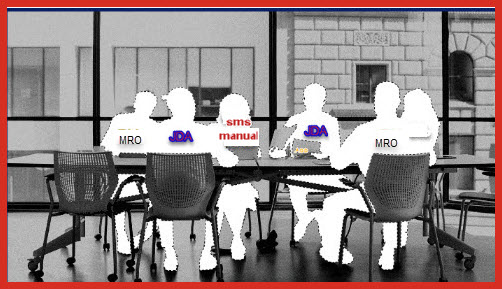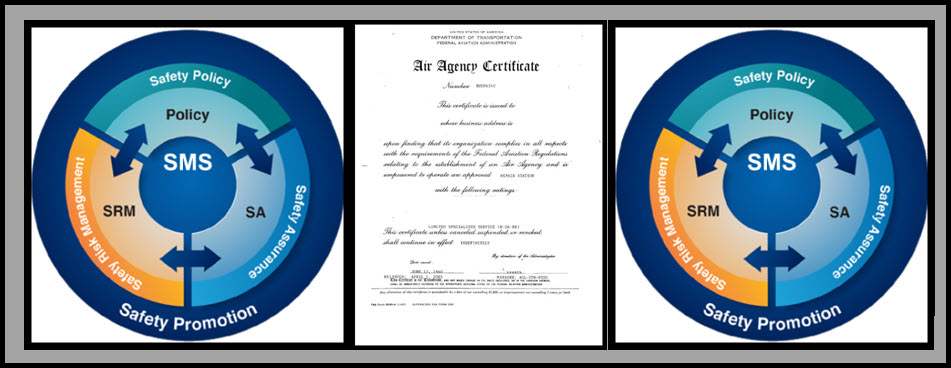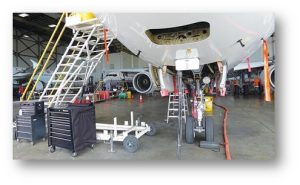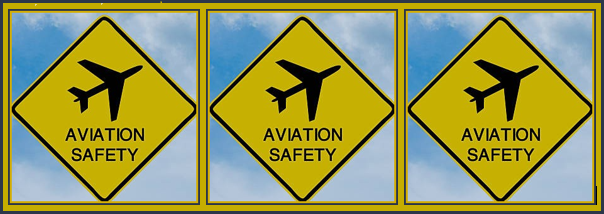EASA/FAA MRO SMS compromise Easy/Peasy compliance statement- not worth the quick fix?
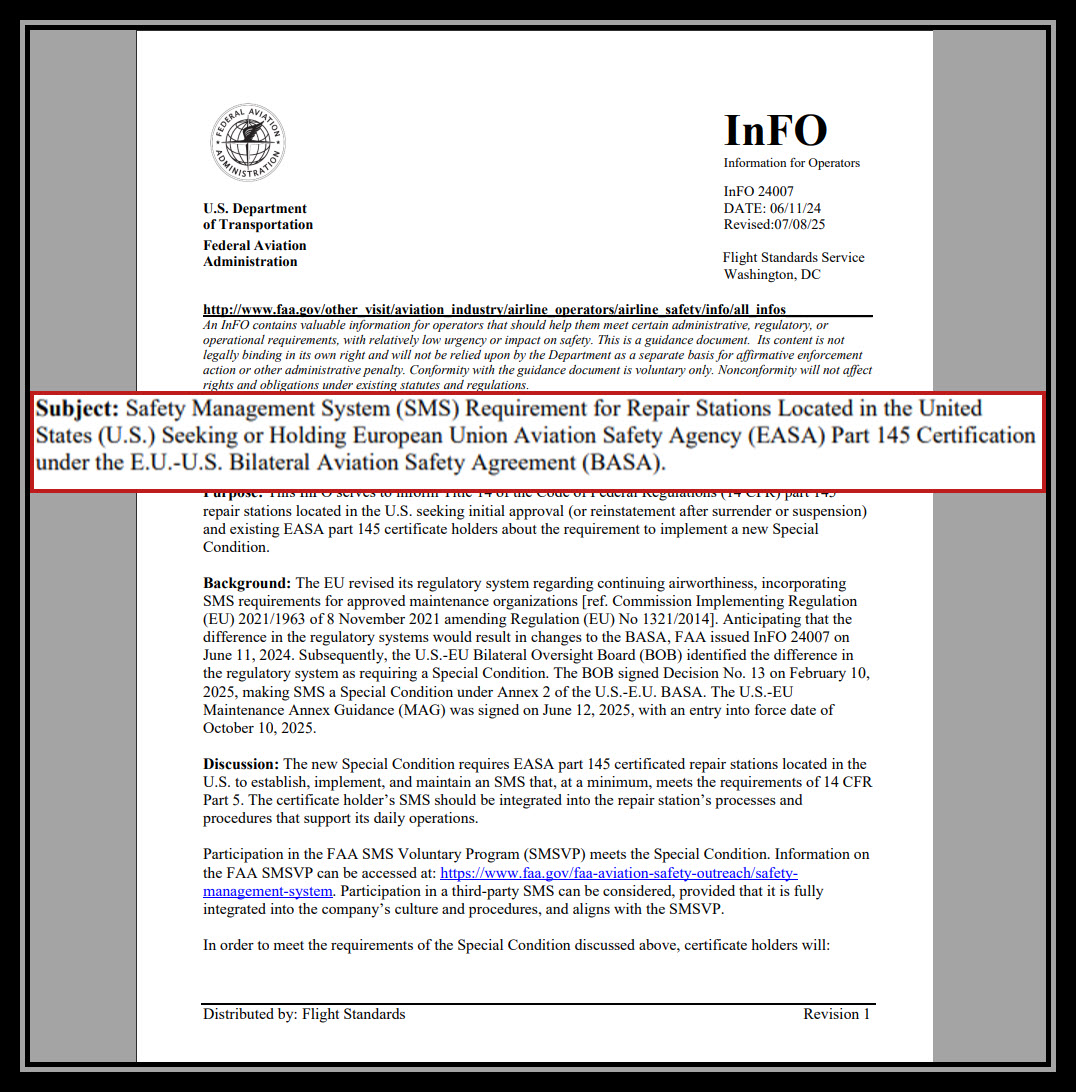
The FAA and EASA have been strong proponents of applying SMS, the global standard for minimizing risks, to most aspects of aviation. The European Union organization has extended this discipline to entities authorized to perform maintenance and repairs on aircraft (MROs or Part 145 holders). THE FAA HAS NOT MANDATED ITS PART 5 FOR THIS CATEGORY OF CERTIFICATES but has encouraged these facilities to adopt this practice on a Voluntary Basis.
Below is an article, by Sean Broderick, which assesses a compromise (ARSA claims credit for this means of compliance) that will permit US MROs holding authority to repair/maintain European aircraft by participating in FAA SMS Voluntary Program (SMSVP).:
“…The U.S.-EU compromise: EASA WILL RECOGNIZE U.S. SHOPS THAT PARTICIPATE IN THE FAA’S WELL-ESTABLISHED VOLUNTARY SMS PROGRAM AS COMPLIANT. Notably, the BASA amendment does not specify compliance with EASA’s SMS rules, but SIMPLY THE INTERNATIONAL CIVIL AVIATION ORGANIZATION’S (ICAO) standards and recommended practices. ICAO’s SMS standards for maintenance organizations, adopted in 2013, are in Annex 19.
The EASA U.S. Representative clarified exactly what that means “We are not targeting compliance to [EASA] regulations. That’s not our goal.” It is adequate if the MRO shows that it participates in the SMSVP.
The FAA Aircraft Maintenance Manager pointed out that this voluntary compliance is not a significant hurdle. Many FAA programs, as simple as amending your Part 145 quality control system, personnel requirements, equipment, facilities, or training programs, require affirmative FAA approval. Frequently that is a long drawn out process of submitting the proposed new language, receiving comments back from the Certificate Holder Office, revising to comply with this requirement, submitting and continuing exchanges back-and-forth.
Not so here, the policy here is submitting a statement that the MRO complies with Part 5. EASY PEASY, 15 minutes of writing up your SMS program and sending a letter stating that your organization meets the requirements. After the thunderous applause subsides, the next comment may make it clear that the voluntary is a predicate to a final mandatory Part 5 standard:
“It’s entered into our surveillance oversight program, and then we assure compliance through surveillance in the coming years.”
Yes, the inspectors will not have their enforcement ticket books with them, however, they may review your text, match your words against performance and call out what does not meet their expectations.
More relevant to your safety mission, not taking the time to set down policies, procedures and paperwork that REALLY identify THE RISKS that are appropriate for your team to PRIORITIZE and establishing a vision that keeps everyone vigilant for problems that are not currently on your radar screen.
There are existing references on how to write your own SMS manual, but these texts necessarily be can only be written in a one-size-fits-all format. The scoping and defining an SMS program, even a voluntary one, benefits from outside experts. Why? Because they have been through this exercise multiple times, have seen what works and doesn’t, have developed judgment about where to focus the SMS big risks, but also have learned that there are very few answers that have universal application.
We have a team that has successfully guided MROs through this implementation stage and are pleased that this initial indoctrination has resulted in long term SAFETY CULTURES there.
Bilateral Change Formalizes SMS Rule For Some U.S. Repair Stations
Sean Broderick May 28, 2025
U.S. repair shops that participate in the FAA’s voluntary SMS program will be compliant under EASA requirements.
Credit: Sean Broderick/Inside MRO
The push to get U.S. repair stations with European approvals to adopt an internationally recognized organizational safety program was codified in February, clearing the way for a Dec. 31, 2025, deadline for the shops to show compliance.
The long-discussed change (Inside MRO April 2024), which the U.S.-European Union (EU) Bilateral Aviation Safety Agreement (BASA) oversight board adopted in February, amended the agreement’s maintenance instructions, found in Annex 2. This amendment requires all U.S.-based shops with European Union Aviation Safety Agency (EASA) approval to “ESTABLISH, IMPLEMENT AND MAINTAIN” A SAFETY MANAGEMENT SYSTEM (SMS).
EASA requires a Part 145 maintenance organizations to have an SMS. The FAA in recent years has issued SMS mandates for commercial airlines, manufacturers and large airports. The agency’s internal Air Traffic Organization has one as well. But so far, the FAA has not included repair stations under the rule.
An outright mandate for shops in countries without a similar requirement from their domestic regulators would present challenges. The U.S.-EU compromise: EASA WILL RECOGNIZE U.S. SHOPS THAT PARTICIPATE IN THE FAA’S WELL-ESTABLISHED VOLUNTARY SMS PROGRAM AS COMPLIANT. Notably, the BASA amendment does not specify compliance with EASA’s SMS rules, but simply the International Civil Aviation Organization’s (ICAO) standards and recommended practices. ICAO’s SMS standards for maintenance organizations, adopted in 2013, are in Annex 19.
“This is what we are targeting—that organizations are ICAO-compliant,” EASA U.S. Representative LUDOVIC ARON said at March’s Aeronautical Repair Station Association (ARSA) annual conference. “We are not targeting compliance to [EASA] regulations. That’s not our goal.”
Another misconception concerns the FAA’s approval process. There is no back-and-forth or waiting on the agency to render a decision on some formal submission. Rather, repair stations SIMPLY VERIFY that they have the necessary elements of an SMS—the vast majority of which the FAA already requires—and submit a statement to the agency saying they comply with its Code of Federal Regulations Part 5 SMS regulation. Once the statement is in, the repair station’s principal maintenance inspector adds SMS elements to routine surveillance.
“There’s a conception that it will be submitted to the agency
for full SMS compliance, and we will somehow approve that SMS program,” FAA Aircraft Maintenance Division Manager JACKIE BLACK told ARSA attendees. “That’s a misnomer. It’s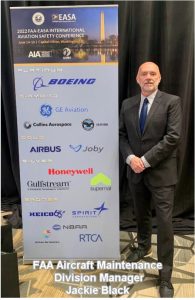 a submission of a statement that they comply with the requirements of a Part 5 SMS. It’s entered into our surveillance oversight program, and then we assure compliance through surveillance in the coming years. It does not wait for an approval by the agency, [and] it doesn’t require even an active acceptance stamp.”
a submission of a statement that they comply with the requirements of a Part 5 SMS. It’s entered into our surveillance oversight program, and then we assure compliance through surveillance in the coming years. It does not wait for an approval by the agency, [and] it doesn’t require even an active acceptance stamp.”
As of late March, 53 shops were part of the FAA voluntary program, the agency said. This means they comply with the updated BASA.
EASA data shows about 1,400 repair stations in the U.S. have valid EASA certifications. Hundreds more have expired or suspended approvals. Still more are in the process of applying. For shops in these categories that reactivate their certificates, the SMS compliance deadline is immediate.
While the FAA has shown no indication that it will require SMS for all repair stations, the BASA compromise should help address concerns of some stakeholders that supported a broader mandate. In the recent rulemaking that expanded SMS to type-certificate holders and smaller commercial operators with an April 2024 final rule, the FAA asked industry whether it should mandate SMS for Part 145s. GE Aerospace was among those that supported a repair station mandate.
“A lack of harmonization with the EASA SMS rule . . . will result in many Part 145 organizations that are certificated by the FAA developing/deploying SMS based solely on EASA regulations,” GE said in public comment on a draft version of the rule. “For example, 37 of the 42 GE Part 145 facilities have an EASA SMS requirement.”
The NTSB also supported adding an SMS requirement for repair stations.
ARSA and the Aircraft Electronics Association (AEA) in joint comments said existing requirements, notably for quality control and quality management systems, give repair stations the same safety benefits codified in SMSs.
While the Annex 2 change formalizes the SMS timeline, more steps are needed to support the new mandate. Still to come is Change 10 to the Maintenance Annex Guidance, the Annex 2 compliance companion. The FAA also is publishing new inspector guidance on voluntary SMS program surveillance.
Repair stations that need help rounding out their SMS elements have a few options for help. ARSA and the AEA, for instance, have teamed up to offer access to a set of tools AEA designed to walk small and midsize companies through the requirements for establishing an ICAO-compliant SMS.
Senior Air Transport & Safety Editor Sean Broderick covers aviation safety, MRO, and the airline business from Aviation Week Network’s Washington, D.C. office.
